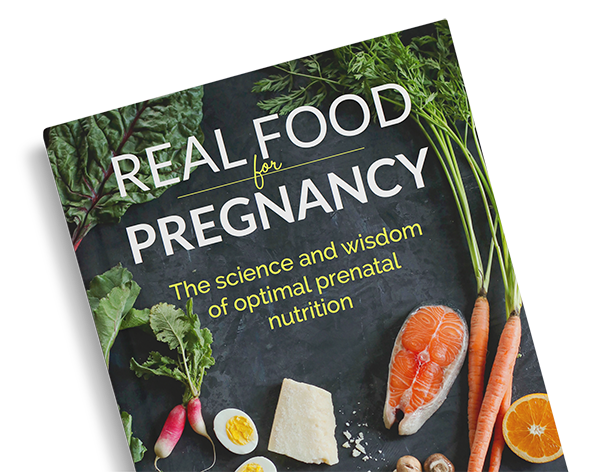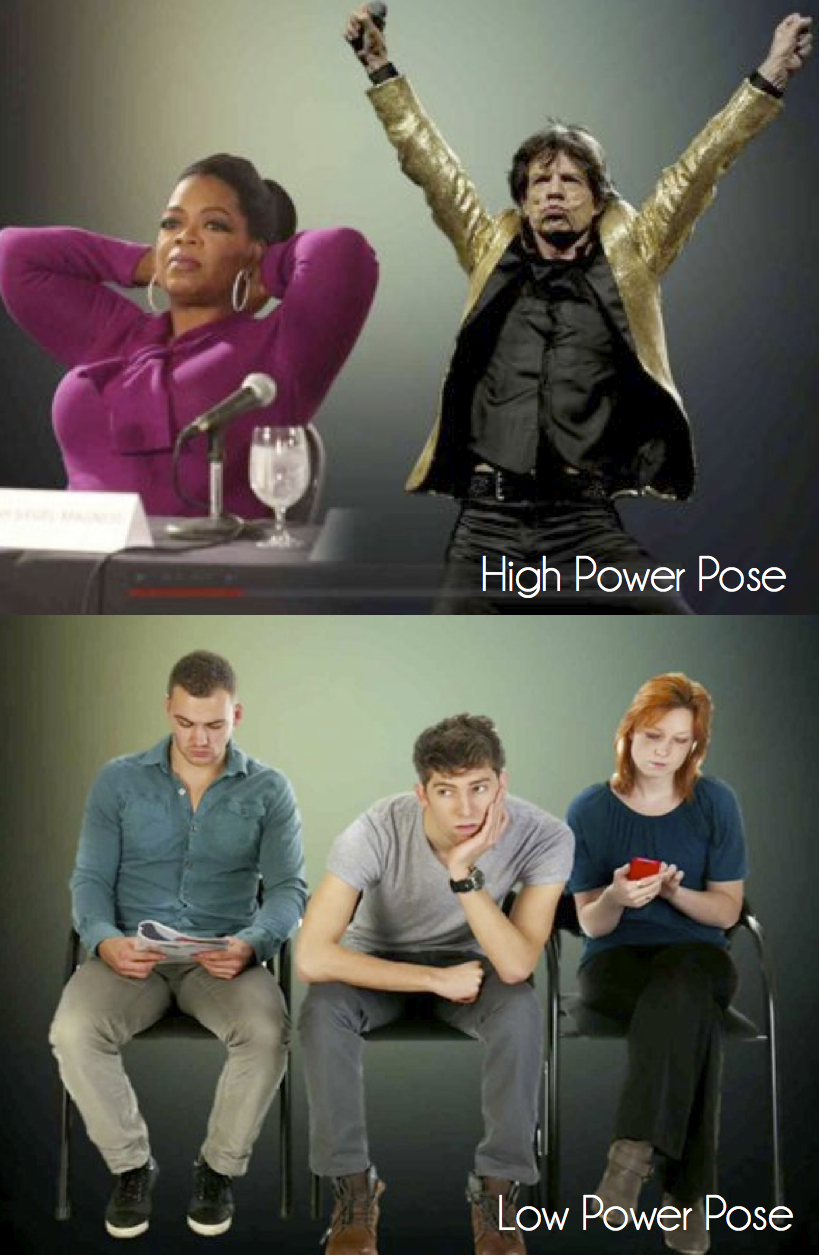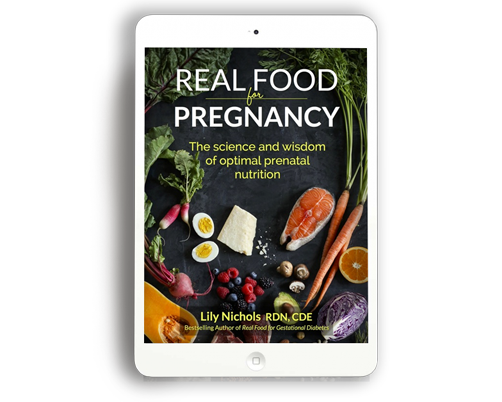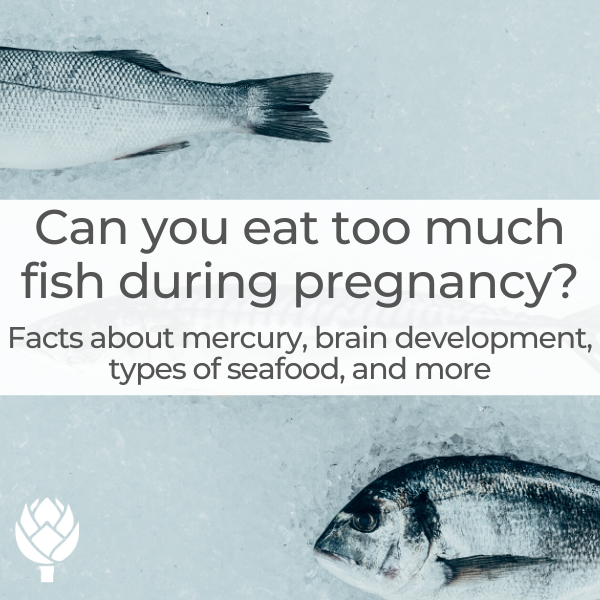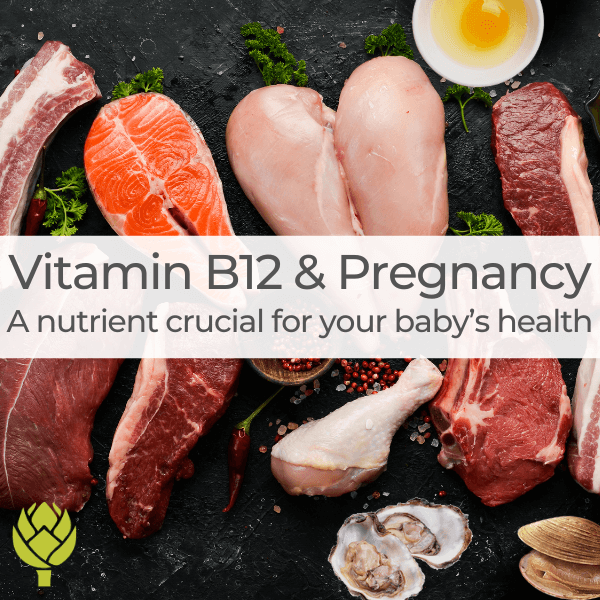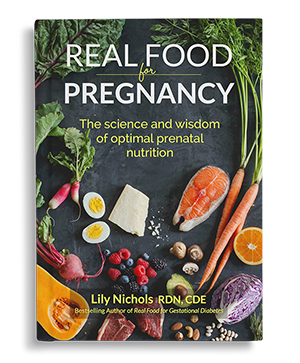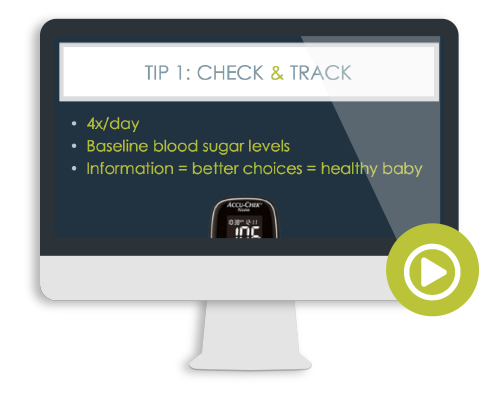We all get down on ourselves from time to time.
“I’m not good enough.”
“There’s no way I can do that.”
“Maybe so-and-so is successful at blank, but I’m just not that person.”
So what’s the deal? Why are some people naturally more confident than others?
Think of what words you use to describe someone that is confident. You know, that person who walks in the room that you just know has all the confidence in the world. Think of Oprah Winfrey.
Calm, but determined. Energetic. Assertive. Good posture. Walks with purpose. Deliberate. Optimistic.
Confidence is something that you can feel in the room with you. Do you ever see Oprah slouch or uncomfortably cross her arms over her chest? Not likely.
You don’t have to be Oprah to be confident. There is a simple trick you can practice at home right now to build confidence. Let me explain.
A few months back, I watched a TED Talk entitled Your Body Language Shapes Who You Are, which confirmed many of my suspicions about posture. Amy Cuddy is a social psychologist who studies prejudice and teaches for a competitive business school’s MBA program. She noticed that students who came to class with good posture and certain body landuage tended to be more confident and more engaged in the class. And others, well, not so much.
She decided to study how confidence/power affect posture and body language and vice versa. Could “faking it” by taking on a powerful-looking posture make us more confident (even if we didn’t feel confident inside)?
She defined these postures or poses as follows:
- A “high power pose” would be the Wonder Woman pose or standing like the an athlete that just won a race. These are body positions that expand the rib cage and make you look larger.
- A “low power pose” would be crossing your arms, sitting down and hunching, or any posture where you make yourself appear smaller. When we feel powerless, we tend to close in and hide.
She then conducted a series of experiment where volunteers had two hormones measured before and after taking on either a “high power pose” or a “low power pose” for a mere 2 minutes. They did not have any knowledge of why they were holding the pose. She measured cortisol, a stress hormone, and testosterone, a hormone of dominance.
Shockingly, those who held a “high power pose” had a dramatic increase (20%) in testosterone while those holding a “low power pose” had a dramatic decrease (10%).
The results for cortisol were equally surprising. Those who held a “high power pose” had a 25% decrease while those holding a “low power pose” had a 15% increase in cortisol.
It turns out that our bodies really do affect our minds. Let me reiterate, these hormonal changes occurred after just 2 minutes!
She did a second set of experiments to see if this change in hormones would impact how other people perceive us. She set up a mock job interview for study subjects immediately after they held a low or high power pose for 2 minutes. The interviewers did not know.
Guess what? The interviewers overwhelmingly chose to hire the people who had held the “high power pose” before their interview. The difference in the interview was not what they said but how they communicated.
The claim that holding a certain posture can change your level of confidence seems outrageous, but it’s true. Just imagine what 55 minutes of Pilates will do. It’s no wonder my clients leave their sessions feeling calmer, happier, lighter, and less-stressed. In Pilates, we are practicing “high power poses” constantly.
There are so many exercises I can think of that would fit the bill, especially ones that emphasize breathing: (this is not an all-inclusive list by any means)
- Chest expansion on all apparatus
- Down stretch on reformer
- Arm circles on reformer
- Footwork on wunda chair
- Going up front and side on electric chair or wunda chair
- Swan dive on mat, wunda chair, cadillac, reformer, etc
- Arm series on the ped-i-pole
- Wall exercises
- Backward arms pumping on wunda chair
- Flying Eagle on wunda chair
- Cobra stretch on mat
- Teaser and open leg rocker
- Mermaid on all apparatus
- Reverse push through on cadillac
- Breaststroke on reformer
- Backbends
- Star on wunda chair or reformer
- Long splits on reformer
- Mountain climb on wunda chair
- Standing arm springs on cadillac
- Frog on wunda chair
- Arms front and back on electric chair
So what’s the simple trick?
Good posture.
Tips for practice:
If you take what you learn in Pilates and practice sitting tall and letting your breath fully expand your lungs, you are not only strengthening your postural muscles, but you are building confidence. It really is a mind-body workout. You are telling your mind (and the world) and you value yourself and deserve to be treated well.
Try to become aware of slouching. Don’t allow your chest to cave in and your shoulders to roll forward. You’re literally making yourself smaller as a person when you’re slouching. You are telling the world “I am not important. Don’t look at me. I feel uncomfortable.” (Not to mention putting strain on your lower back and neck.)
Take it one step at a time. I remember feeling awkward when I first became aware of my bad posture. It felt really unnatural to sit tall. I felt like I was sticking out my chest too much. But the truth is, I was so used to slouching, that my body had to relearn how to sit up straight. To other people, my posture looked normal. And you know what, over time, not only did my posture improve, but I started to feel more confident too.
This is the video to Amy Cuddy’s inspiring presentation:
